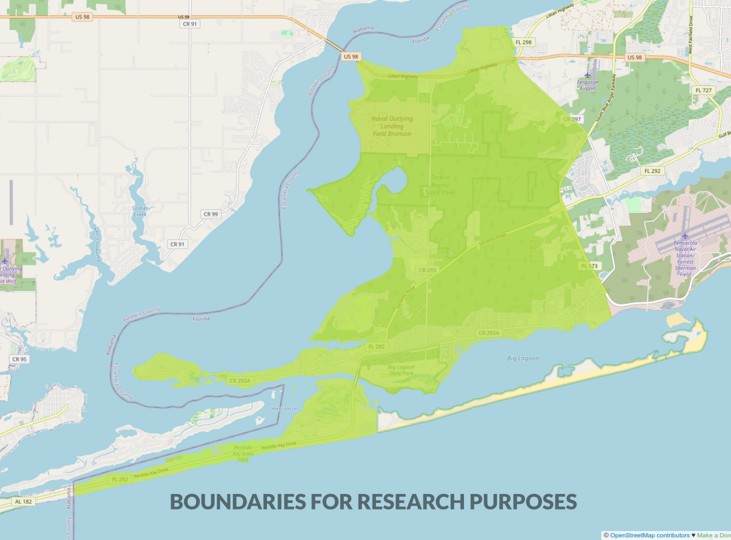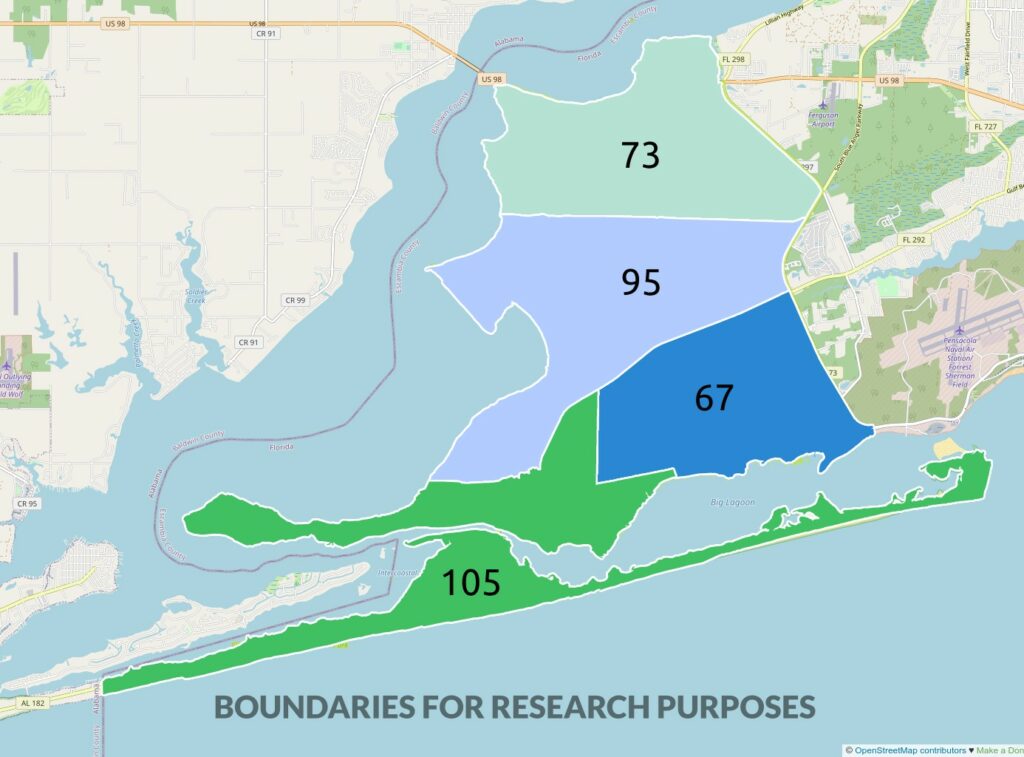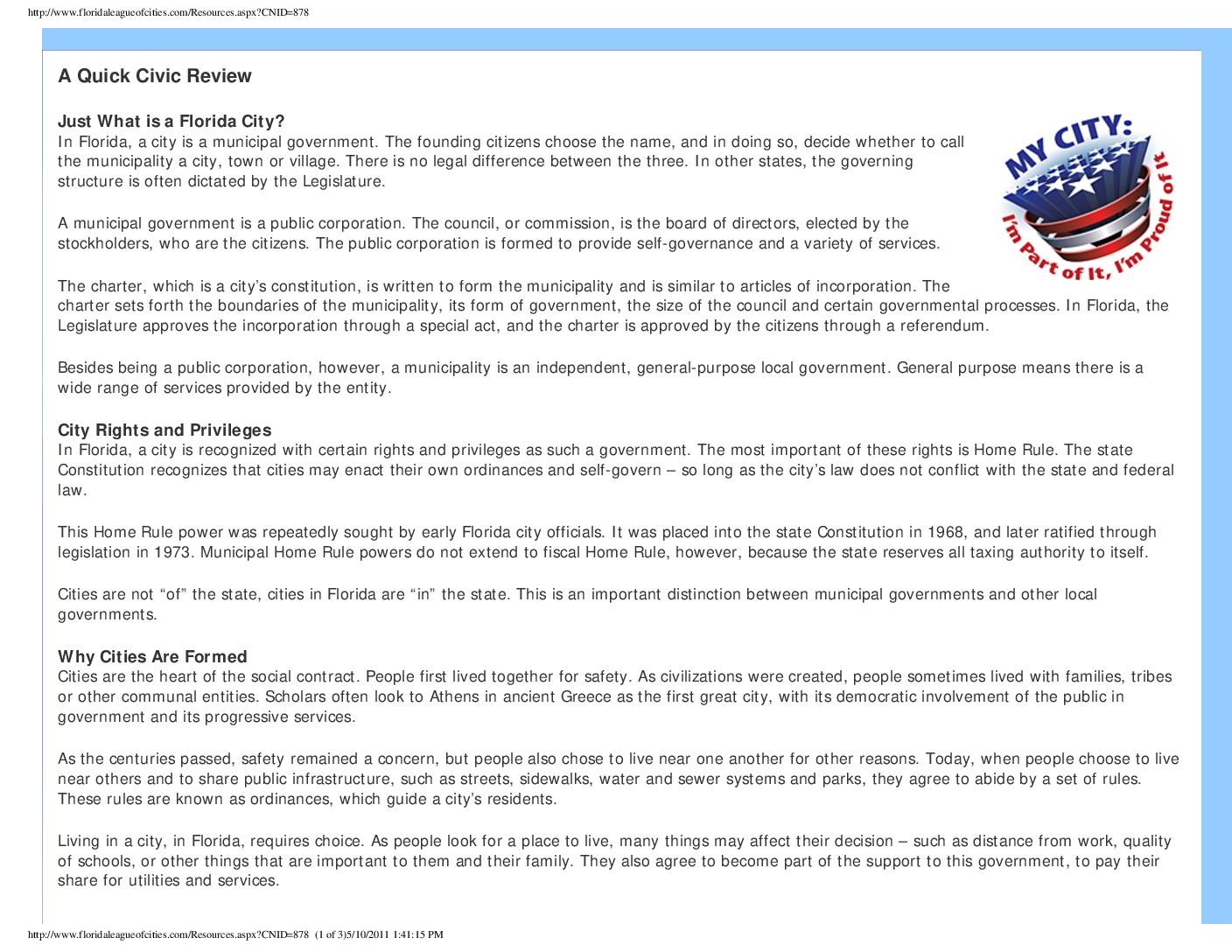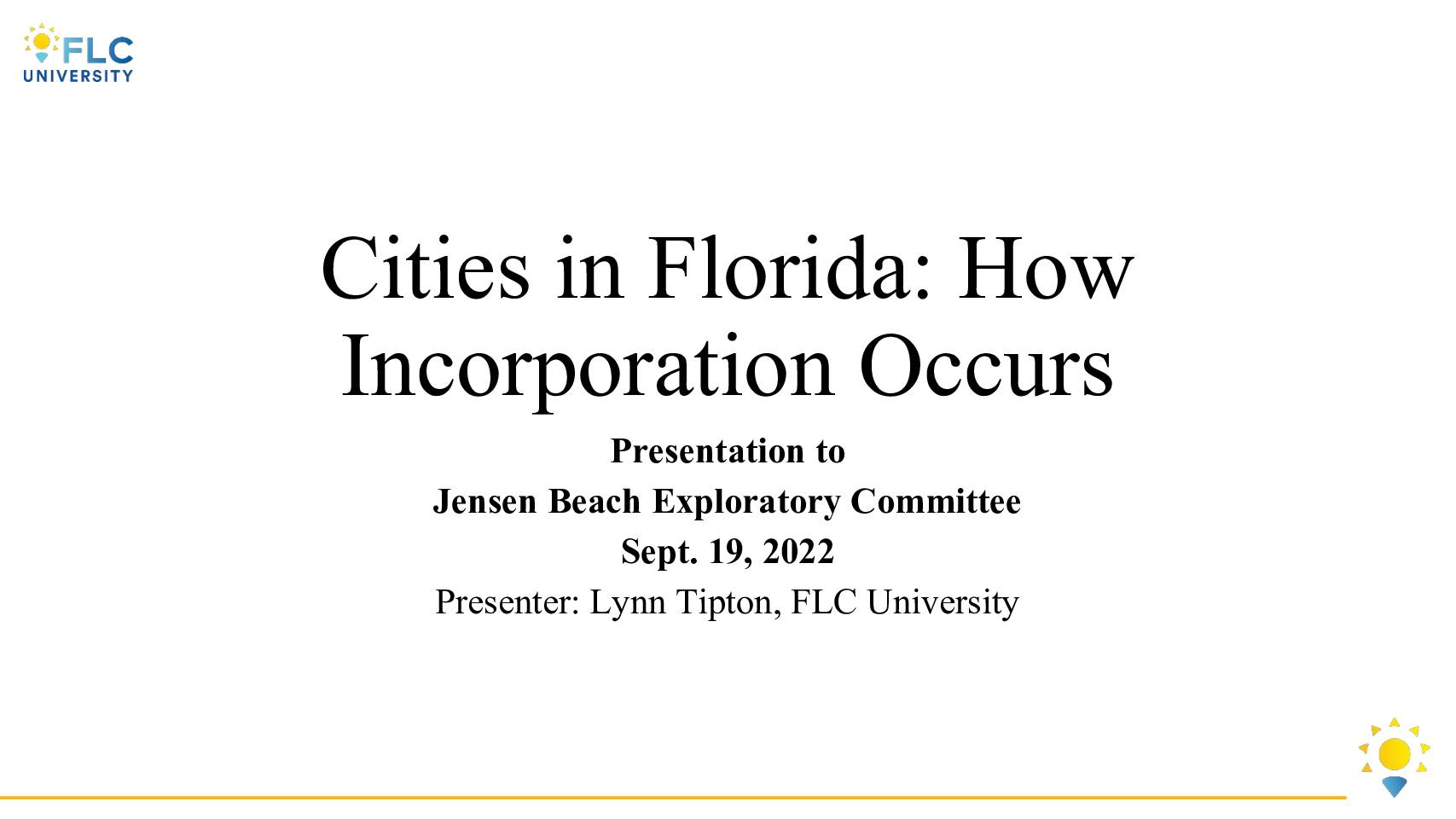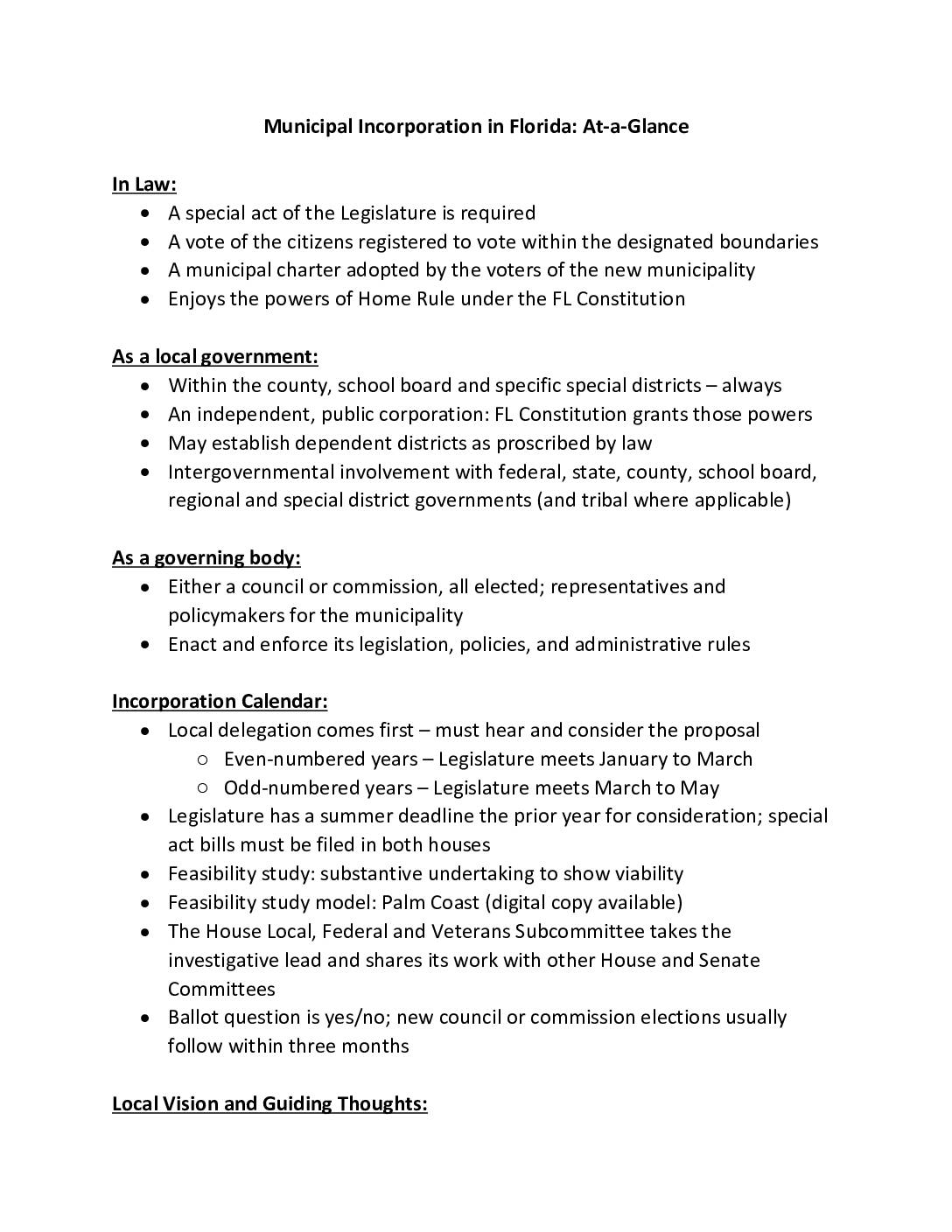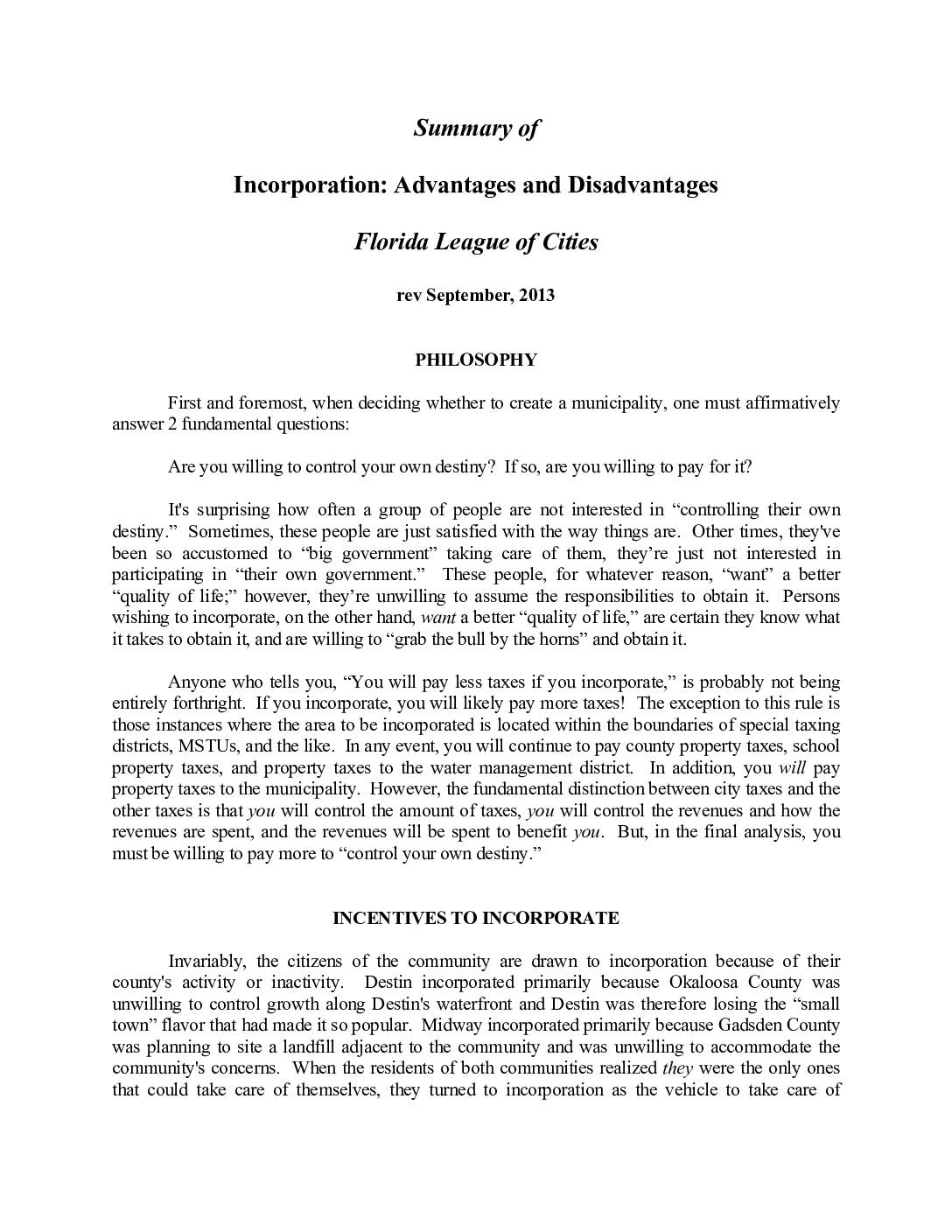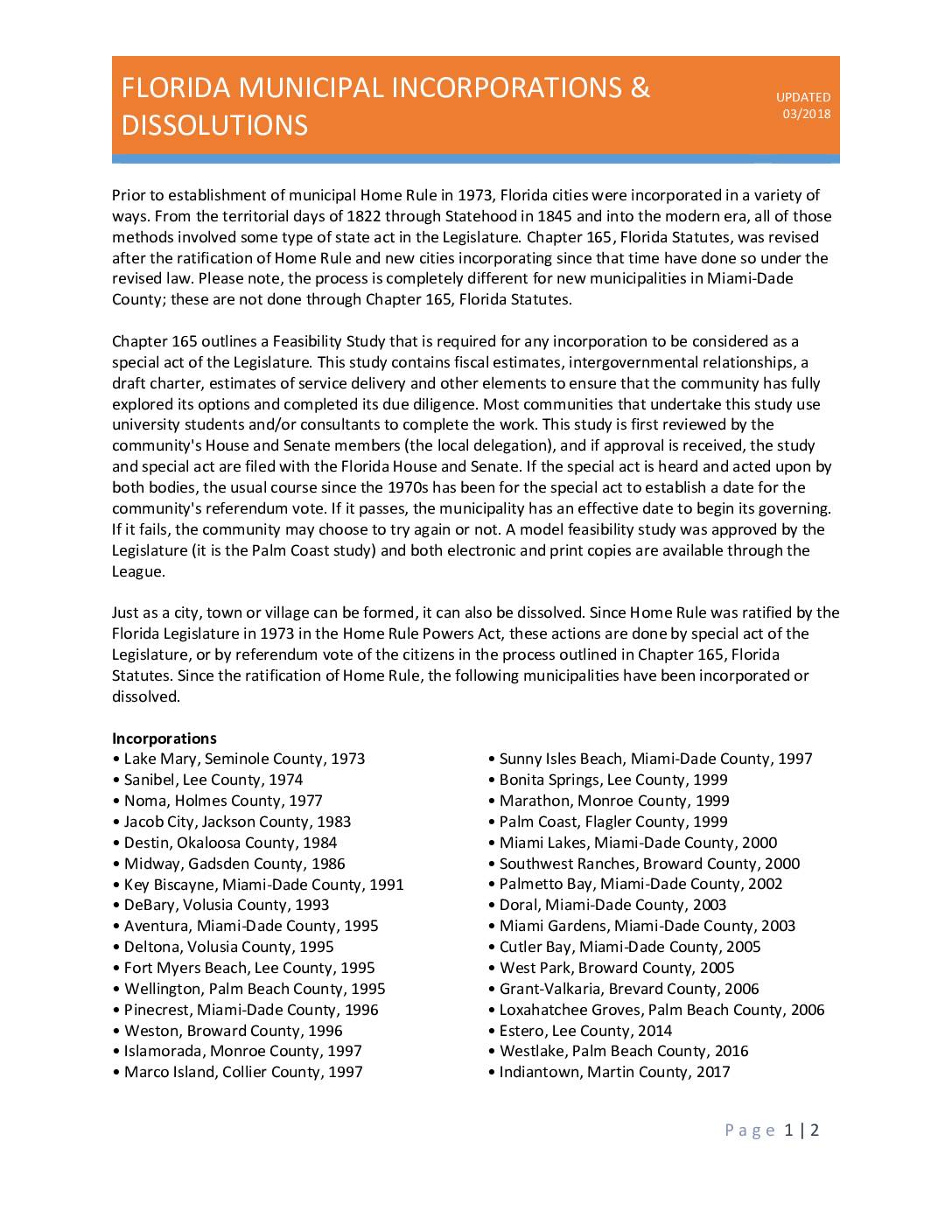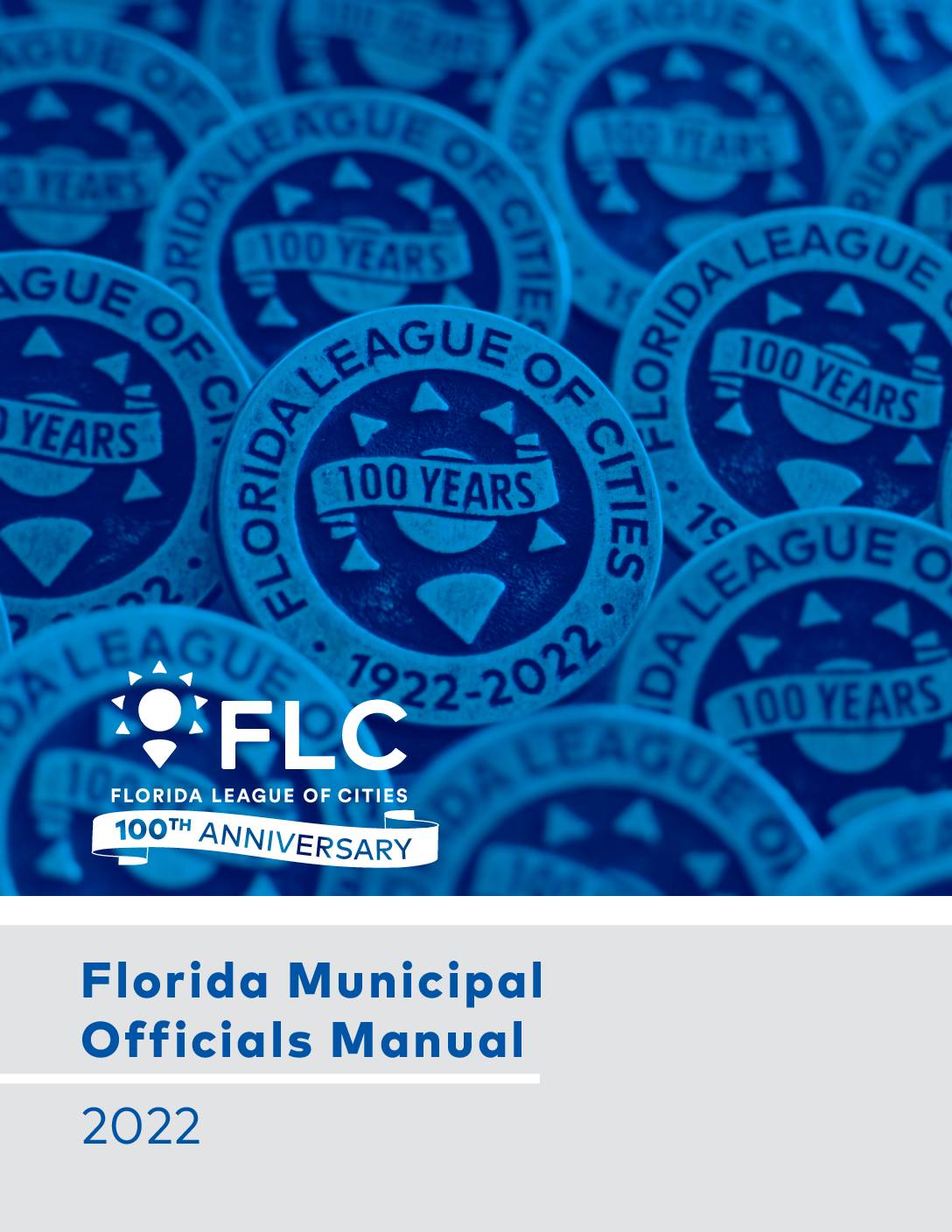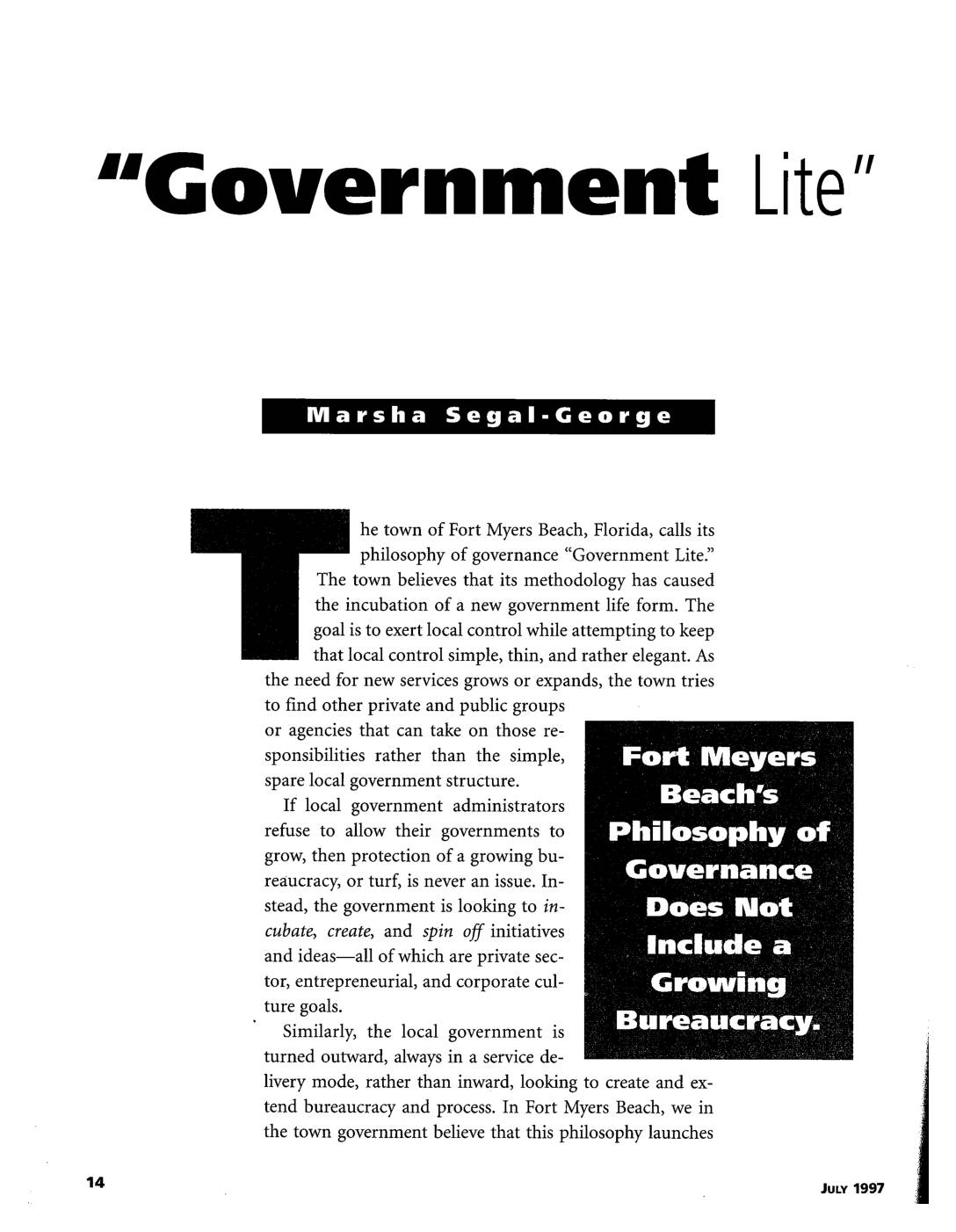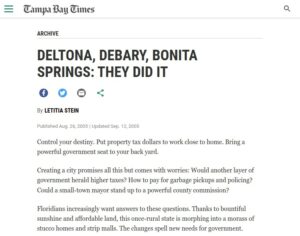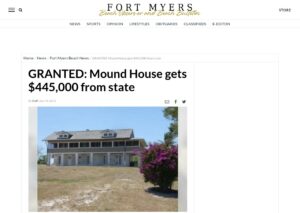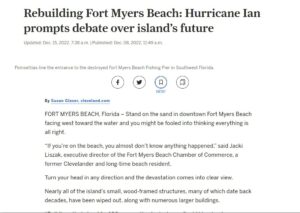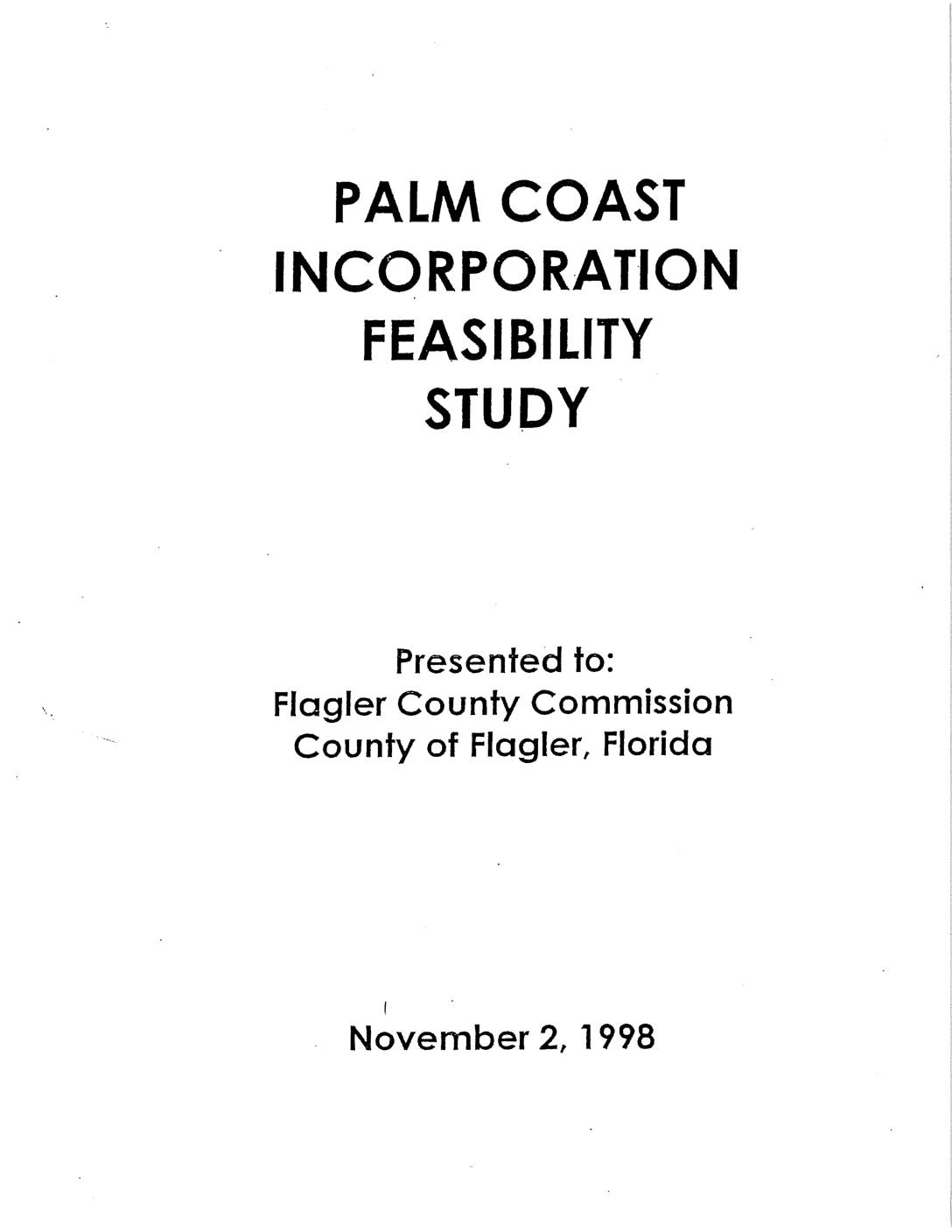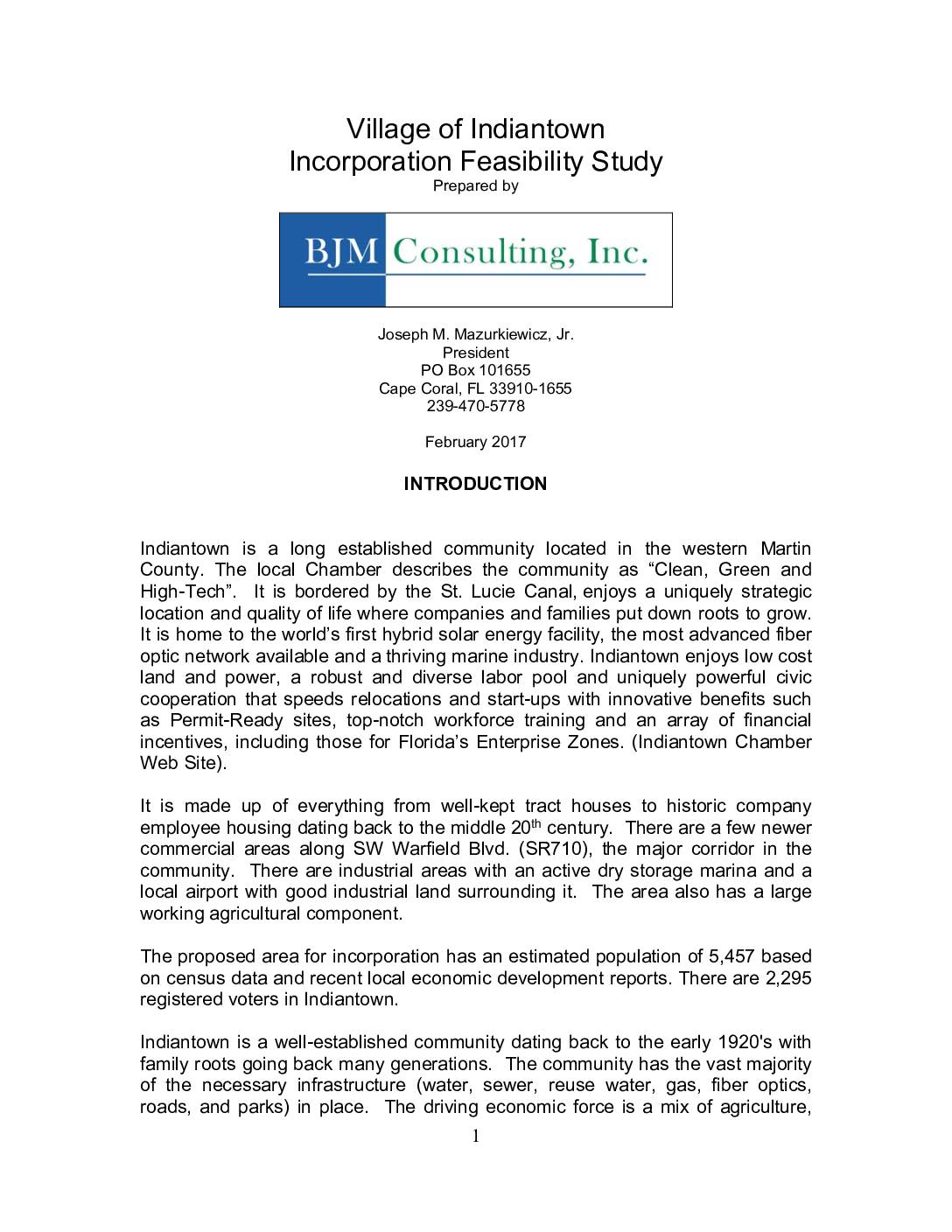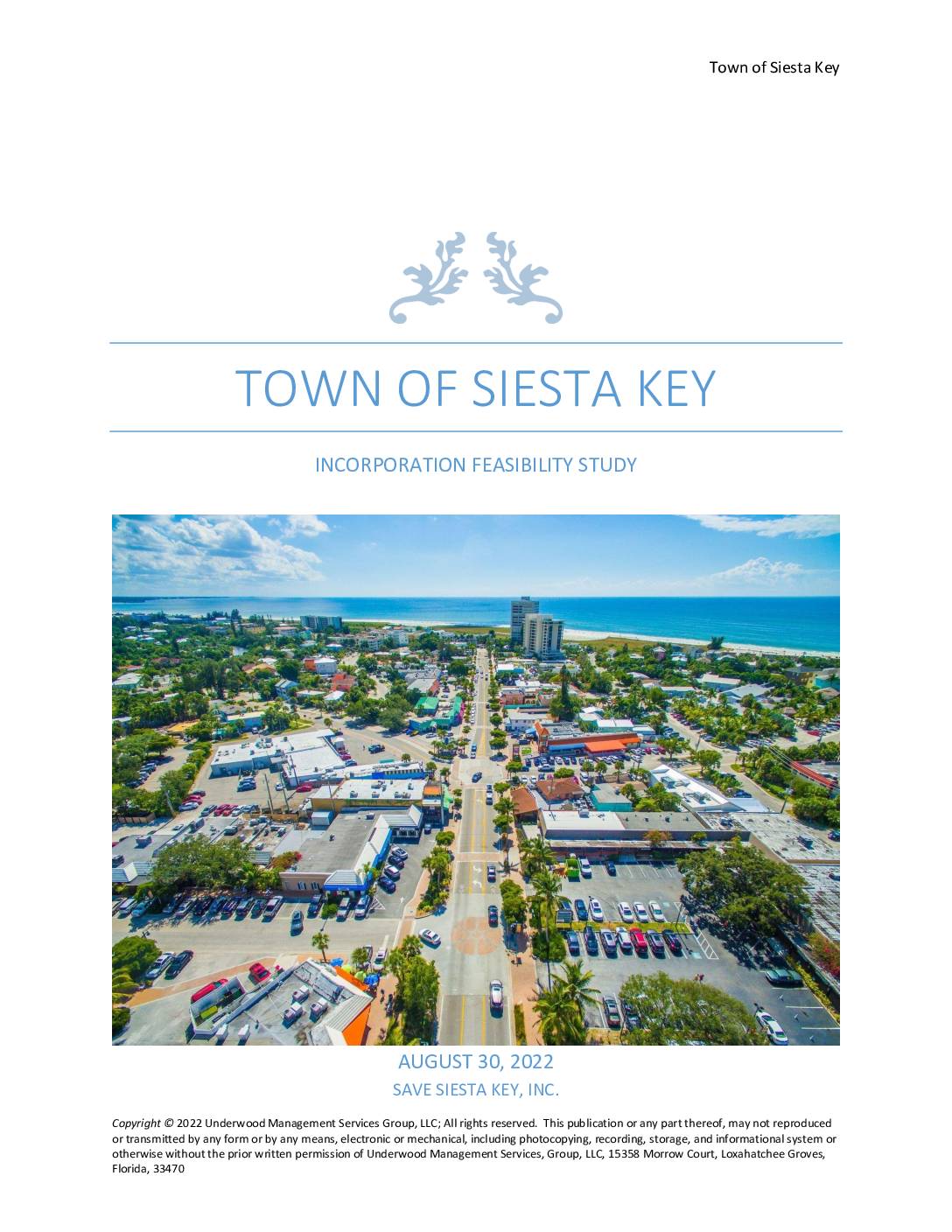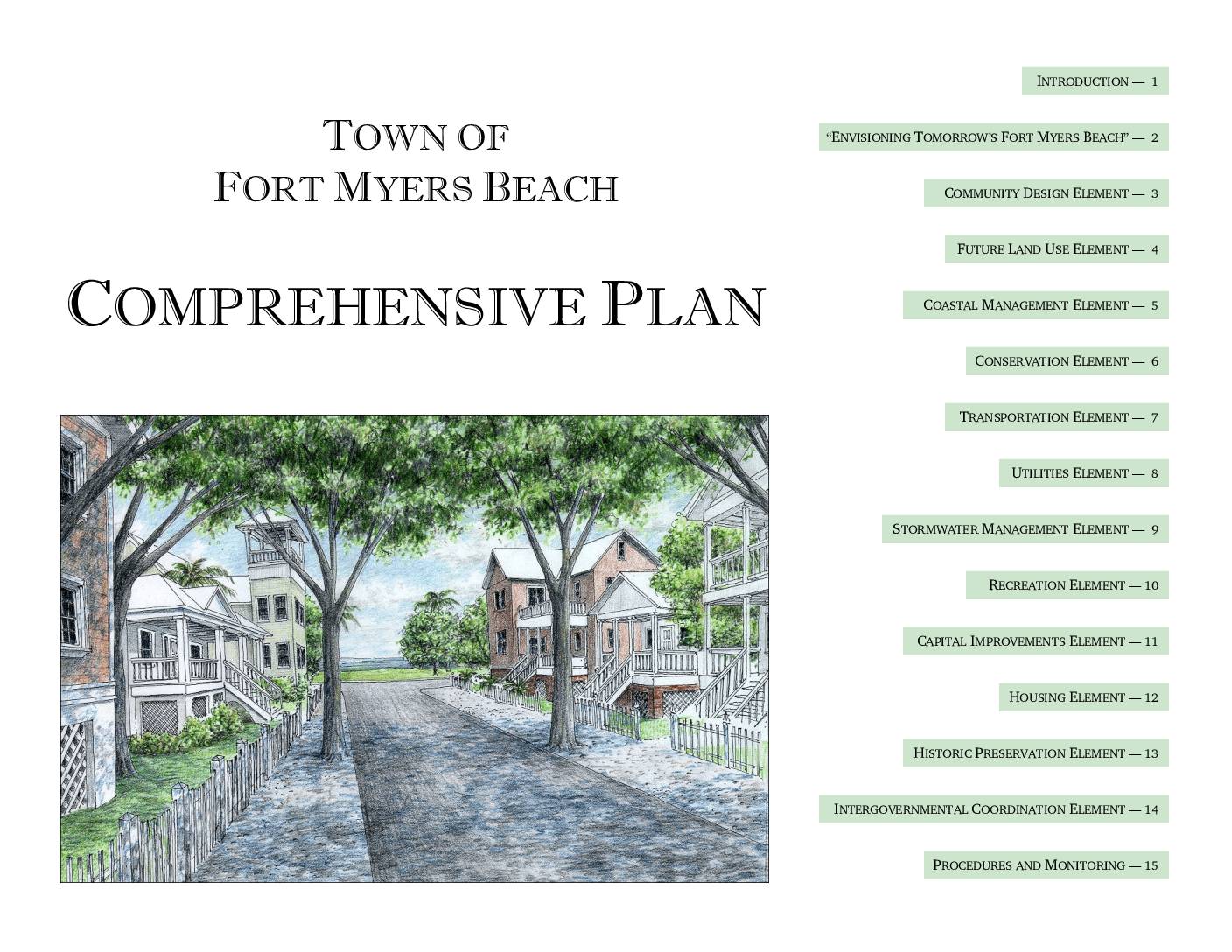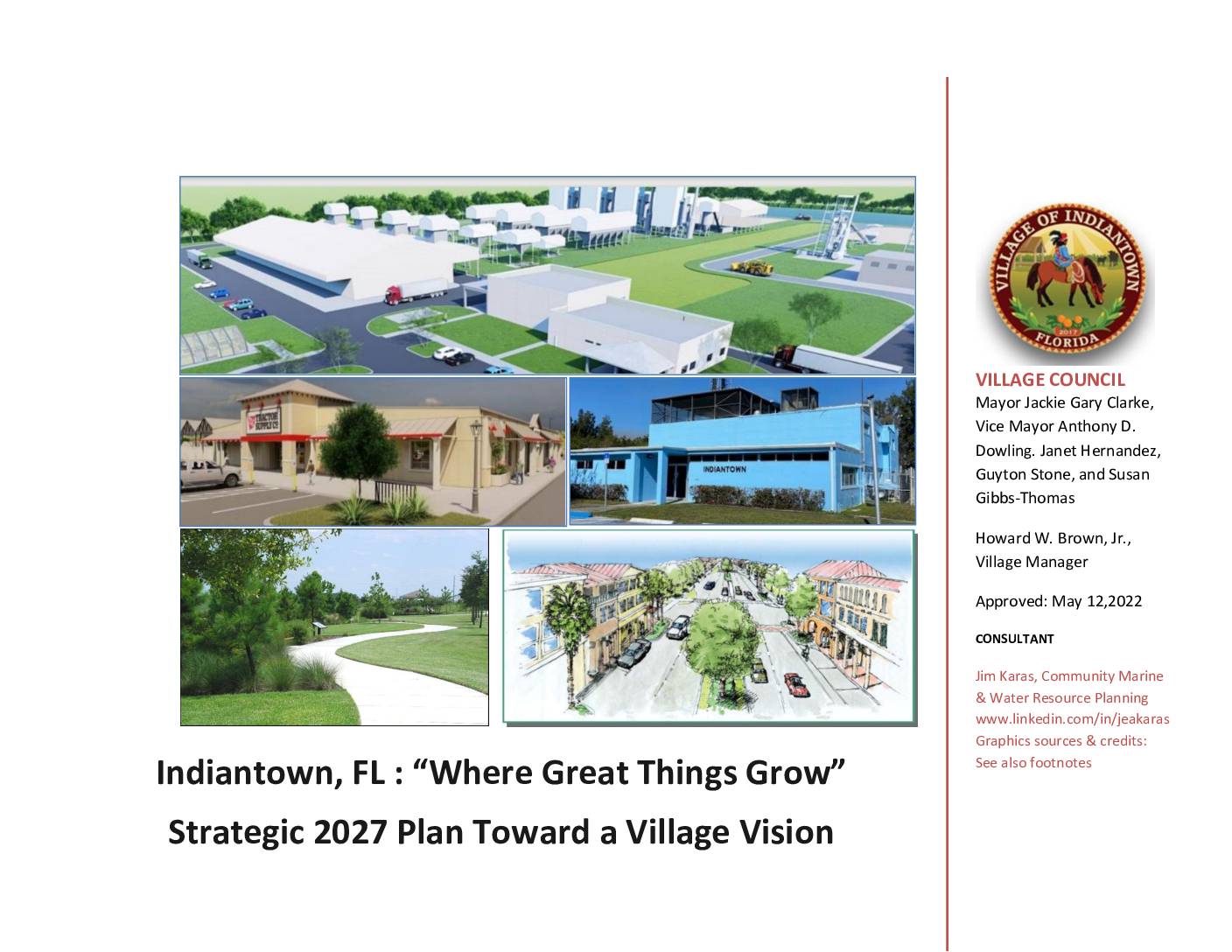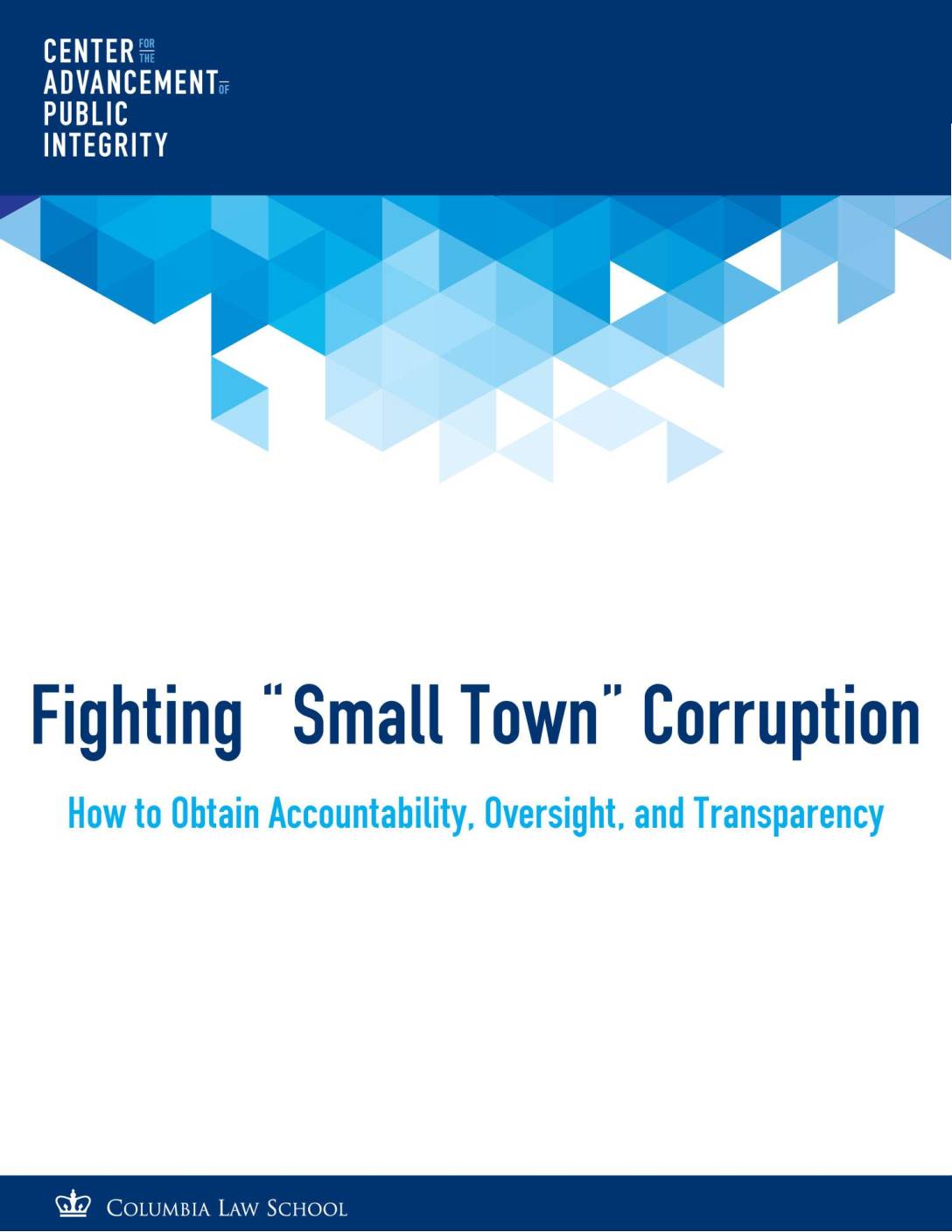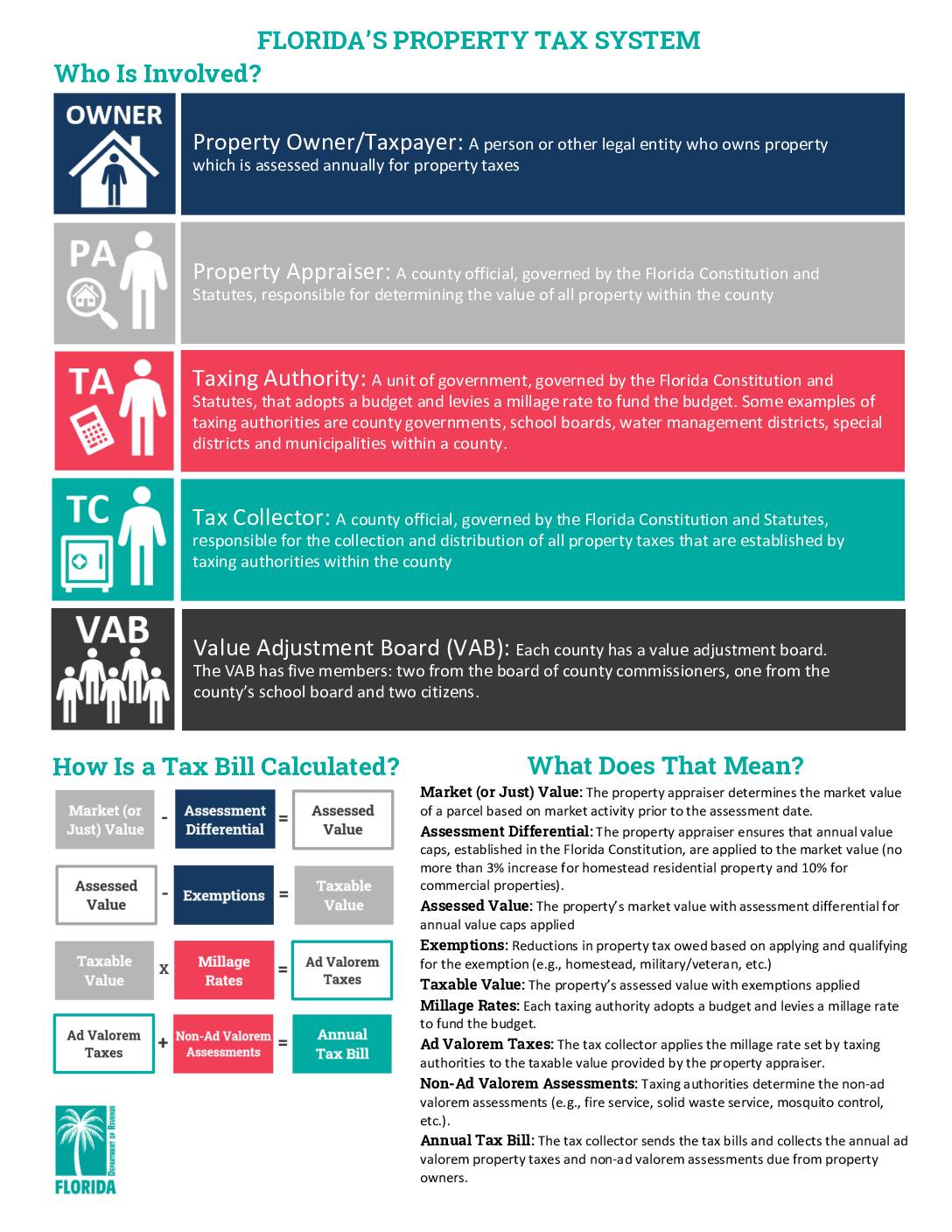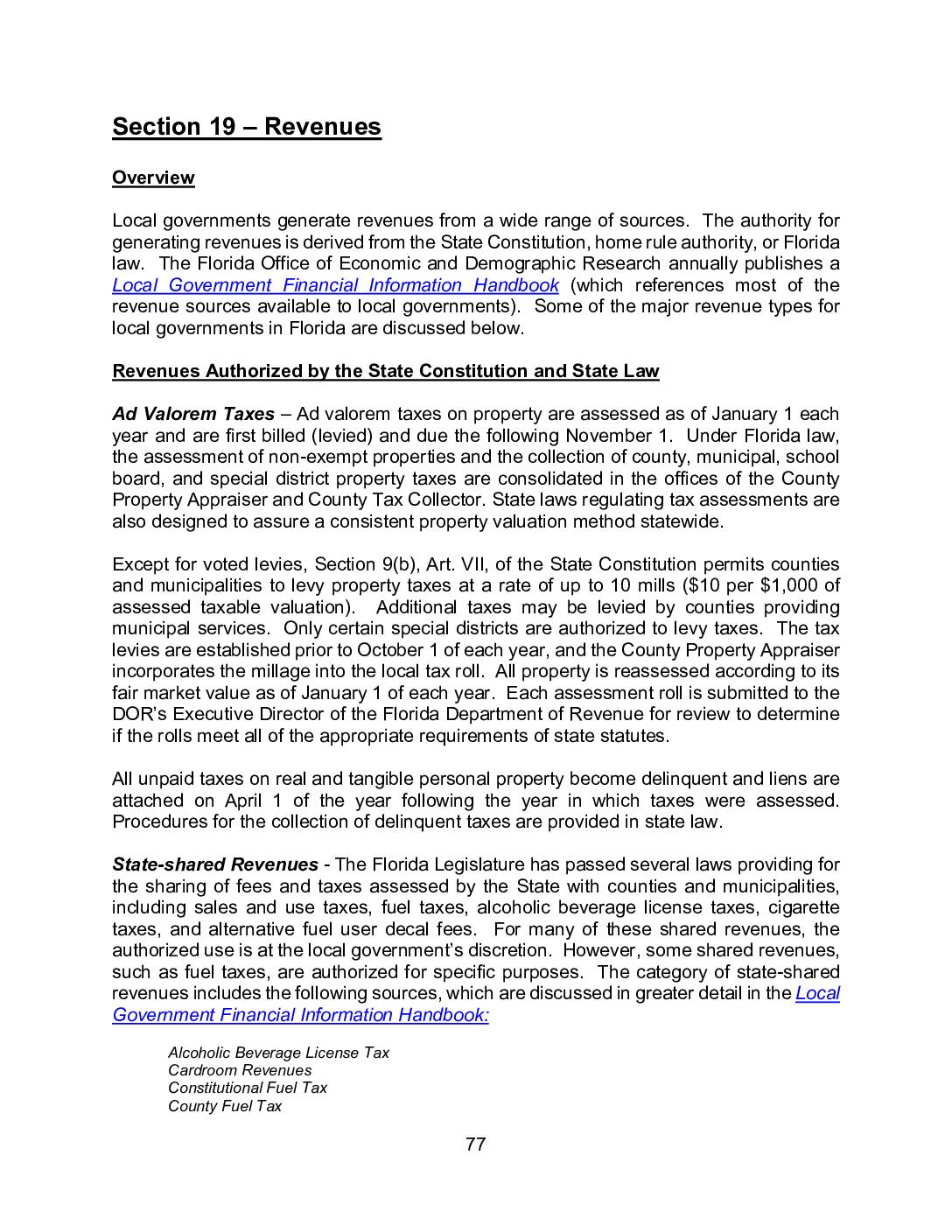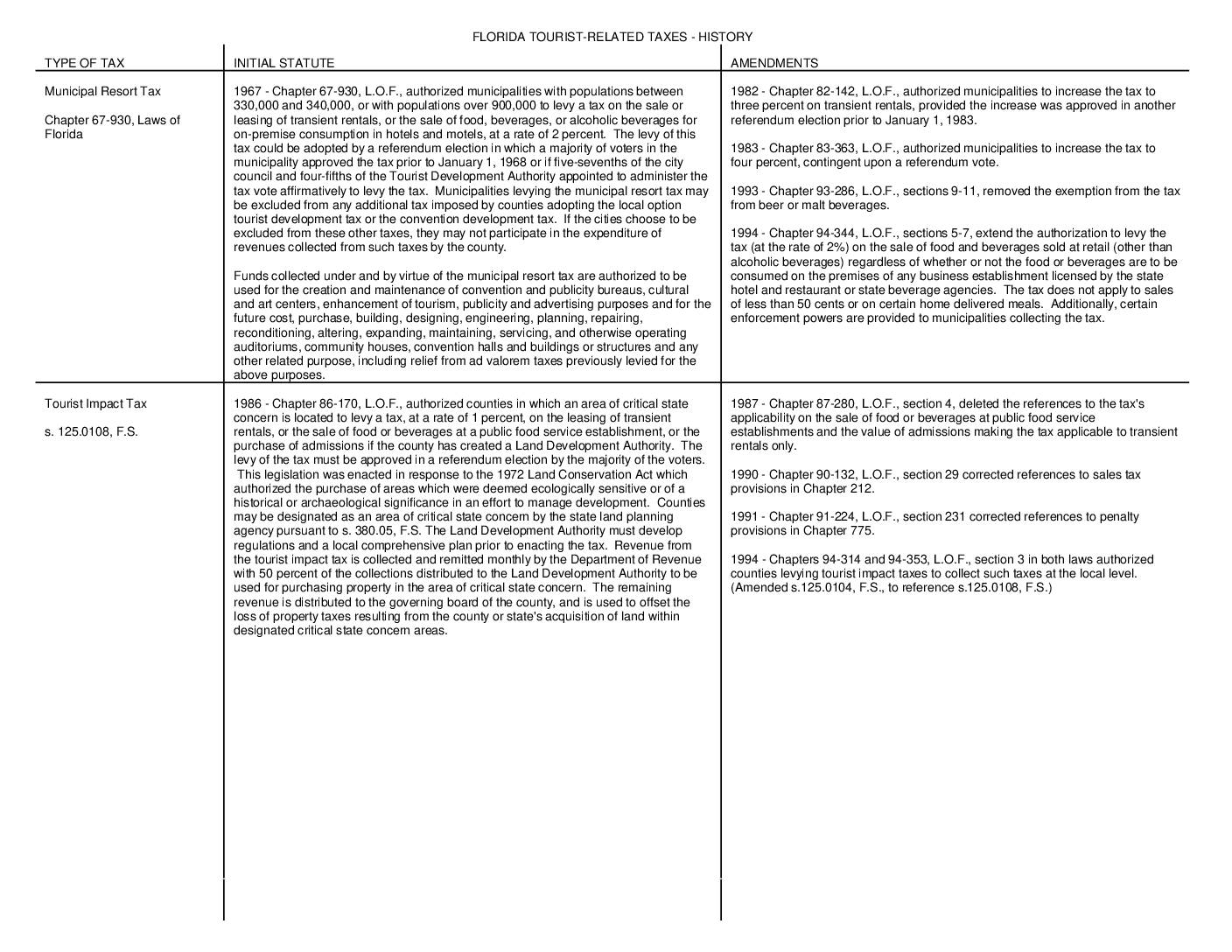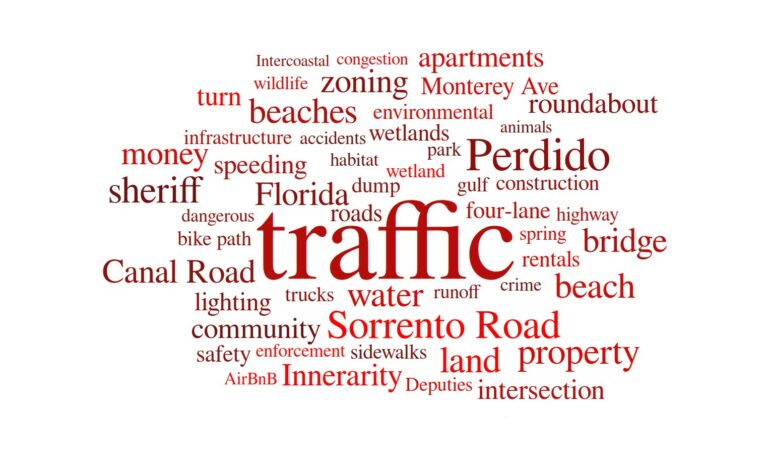Research
Education & Research
The mission of We Are Perdido is to provide education and educational resources to the Perdido community, with regard to the process of municipal incorporation.
The roots of this organization trace back to September 2022, by simply asking , “Could there be a better way to address local issues?” That question led to many others, and each answer sparked other questions. What if Perdido were a municipality? What would that mean? How might it work? What are there drawbacks? What would the benefits be?
Below are many of the resources and research relevant to the municipal incorporation process, useful as a foundation to work for the health of our community.
The Research Area
After speaking with residents across the greater Perdido area, the boundaries illustrated on the maps below were identified as what many considered to be “Perdido.” Residents often referred to themselves as living in Perdido Key, Perdido Bay, or Perdido. Additionally, the borders corresponded almost exactly to the boundaries of four voting precincts (numbered on one of the maps below), and precisely followed boundaries of US census tract blocks.
Again, the proposed boundaries for Perdido are for research purposes, and a starting point for the feasibility study. During the study process, the feasibility study firm will also look at bordering areas that could be considered, or areas that could be adjusted given input from local residents. One can reasonably expect to see a few variations on these maps during the study process.
Important Books
Below are a couple of books that form a basis of understanding important to the research process. The first may be a new book to you – A More Beautiful Question challenges readers to think in new ways, seeking not just answers but the right questions to ask – the ones that can lead to remarkable solutions. The second book should be more familiar. If you haven’t heard of it, you likely know of the author and the subject. Quint Studer is the founder of Pensacola’s Studer Community Institute, which focuses on improving a community’s quality of life. His book, Building a Vibrant Community documents downtown Pensacola’s rejuvenation as it unfolded over the past two decades.
A More Beautiful Question

by Warren Berger
One of the most powerful forces for igniting change in business and in our daily lives is a simple, under-appreciated tool – one that has been available to us since childhood. Questioning – deeply, imaginatively, "beautifully" – can help us identify and solve problems, come up with game-changing ideas, and pursue fresh opportunities. So why are we often reluctant to ask "Why?"
Building a Vibrant Community
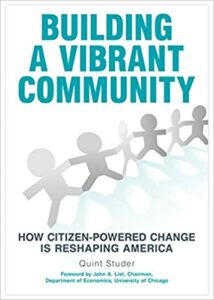
by Quint Studer
Every community wants to become a great place to live and work. The why is no mystery: We want to create a place our children and grandchildren will want to be. We also know the what: We need to attract investments, provide good jobs, and create lively downtowns where citizens will want to work, live, shop and play. What's usually missing is the how.
Florida League of Cities
Local Voices Making Local Choices
The Florida League of Cities provides education, research, and advocacy for cities, towns and villages within our state, and hosts FLC University, an extensive training center for those working in and with municipalities. The FLC’s library of resources is an invaluable asset to any community considering municipal incorporation. While they provide educational resources to support the municipal incorporation process, they hold a firm stance that the decision of whether or not a community should incorporate should remain solely up to the local citizens. As such, their materials are objective in nature. The following resources were provided by FLC University.
A Quick Florida Civics Review
How Municipal Incorporation Occurs
On September 19, 2022, Lynn Tipton, FLC University, presented to Jensen Beach Exploratory Committee. Jensen Beach is a census-designated place in Martin County, Florida, beginning to investigate the possibility of municipal incorporation. Jensen Beach is an Atlantic coastal, barrier-island, near Stuart, FL. At the 2020 census, the community’s population was 13,592.
Municipal Incorporation At-a-Glance
FLC University’s Municipal Incorporation in Florida: At-a-Glance is a great two-page reference outlining important points of municipal incorporation and things citizens will want to consider when discussing forming a city, town, or village in their community.
Do your boundaries share similar goals for the area in terms of land use, economic development, and public service factors? Does your community have a shared vision that can be articulated to local and state leadership? Have you developed strong communication outreach and feedback channels for future residents, business owners and affected parties?
Advantages and Disadvantages
It’s surprising how often a group of people are not interested in “controlling their own destiny.” Sometimes, these people are just satisfied with the way things are. Other times, they’ve been so accustomed to “big government” taking care of them, they’re just not interested in participating in “their own government.” These people, for whatever reason, “want” a better “quality of life;” however, they’re unwilling to assume the responsibilities to obtain it. Persons wishing to incorporate, on the other hand, want a better “quality of life,” are certain they know what it takes to obtain it, and are willing to “grab the bull by the horns” and obtain it.
This article covers a wide range of topics – from pros and cons, to the mechanics, and various revenue sources that may be available to new municipalities.
Incorporations & Dissolutions
Prior to establishment of municipal Home Rule in 1973, Florida cities were incorporated in a variety of ways. From the territorial days of 1822 through Statehood in 1845 and into the modern era, all of those methods involved some type of state act in the Legislature. Chapter 165, Florida Statutes, was revised after the ratification of Home Rule and new cities incorporating since that time have done so under the revised law. Please note, the process is completely different for new municipalities in Miami-Dade County; these are not done through Chapter 165, Florida Statutes.
This is a complete list of all Florida municipal incorporations and dissolutions from 1973 through March 2018.
Florida Municipal Officials Manual
The Florida Municipal Officials Manual is a publication of the Florida League of Cities. This manual is intended as a reference on common topics of municipal interest to be used by municipal officials, municipal staff, and interested persons. It is specific to Florida. Newly elected officials will find it a handy reference, as will appointed administrators and clerks who may be unfamiliar with Florida’s governmental structure.
The manual provides a foundational understanding to all aspects of municipal governance, ranging from public services and budgeting to forms of government and ethics.
NOTE: This is a 219-page long reference manual.
Media Resources
Municipal Incorporation in the Media - Past and Present
The concept of “government lite” within Florida’s municipalities dates back at least to the mid 1990s, possibly further. Below are articles documenting the progression of some of these cities, towns, and villages – both their success and challenges. The coverage continues, with “government-lite” Fort Myers Beach rebuilding after the devastation of hurricane Ian.
Government Lite
The article Government Lite was originally published in the July 1997 issue of Public Management. Authored by Marsha Segal-George, the then town manager of Fort Myers Beach, Florida, documented not only the philosophy, but some of the early successes of the model that their town enjoyed.
This article is a must-read, as it is key to understanding the basis of the “government lite” model.
Deltona, DeBary, Bonita Springs
Tampa Bay Times published an article in September, 2005, several years after the Florida cities of Deltona, DeBary and Bonita Springs were formed. The author, Letitia Stein, handles the subject with a then-and-now approach, looking at each community’s story, how things played out, and the health of the each community years after incorporation.
Fort Myers Beach Receives $445K Grant
This is just one of several state and federal grants Fort Myers Beach received for Mound House, an important archaeological site within their community. The Mound House was originally purchased through a $1M grant in the first year of incorporating as a municipality.
Rebuilding Fort Myers Beach
In 2022, Hurricane Ian devastated the sleepy town of Fort Myers Beach, one of Florida’s model “government-lite” communities. As a coastal town similar to our area, losing 50% of their buildings in a hurricane, similar to what our community experienced with Ivan in 2004. Those considering municipal incorporation in coastal communities will be extremely interested to see how they tackle the challenge of rebuilding as a municipality, with direct local control over the process.
Reference Feasibility Studies
Examples of Municipal Incorporation
Since 1973, the process of municipal incorporation has required that communities submit feasibility studies, a 5-year projected budget, and proposed city charter, as outlined in Chapter 165 of the Florida Statutes. After Palm Coast submitted their feasibility study in 1998, it became the pattern for all future studies. The Palm Coast study weighs in at over 160 pages, one of the longest. New municipalities are expected to use the outline provided by the Palm Coast study as the basis for their own studies.
Once completed, a full study (including 5-year budget, and proposed charter) must be submitted to local delegates and local subcommittee, filed by House and Senate members in the fall for Legislature’s consideration. If passed and signed by Governor, the community then sets a date for a local vote. Registered voters within the proposed boundaries are then the ones who decide to incorporate.
Palm Coast Feasibility Study
Beginning in 1969, the community of Palm Coast was developed in Flagler County by the International Telephone and Telegraph Company (ITT). In 1985, Florida’s first “wildland urban interface” fire struck Palm Coast, burning 131 homes. The rescue efforts included help from 44 states. By 1998, Palm Coast had grown to approximately 30,000 residents, 68% of Flagler County’s total population. In that year, fires again raged in the community, prompting a full evacuation of 45,000 people, in what would become the largest aerial suppression operation ever conducted in the United States.
Originally designated a service district in 1982 (Palm Coast Service District), an area covering 32,315 acres, the population density (0.95 ppa) did not meet requirement 165.061 of of the Florida Statutes. However, the community was granted an exception, and incorporated October 1, 2000. The city provides many of its own public services, but decided to contract with Flagler County Sheriff’s office to continue with existing law enforcement services.
This study is significant because it is considered the “gold standard” for how to format a feasibility study in the state of Florida.
Indiantown Feasibility Study
Indiantown is a well-established community dating back to the early 1920’s with family roots going back many generations. At the time of incorporation, the community had the vast majority of the necessary infrastructure (water, sewer, reuse water, gas, fiber optics, roads, and parks) in place. The driving economic force was a mix of agriculture, construction, retail, manufacturing and professional/scientific/management.
In 2016, community leaders in Indiantown began to explore the viability of incorporation. The community’s primary goals were:
- “Home Rule” which would allow area residents to control the future destiny of their community
- Enhance the residential sector of the area while expanding housing options
- Take a long-range look at what future impacts and outside forces will have on the community
- Enhance economic development opportunities
- Build a community-centered plan to meet the future needs of the area’s residents
Siesta Key Feasibility Study
After local delegates prevented their first attempt for the 2022 Florida Legislative Session, Siesta Key successfully submitted for consideration in the 2023 Session. This study is for their proposed town of Siesta Key. The coastal island community in west Sarasota County, southwest of the City of Sarasota, is home to 6,769 permanent, and many more part-time residents. Among their primary concerns is the local control of planning and zoning decisions to help preserve the unique characteristics of this area.
In April 2021, local citizens formed Save Siesta Key Inc. for the purpose of advocating for incorporation of Siesta Key as a Town. The board members initiated the feasibility study, funded through community donations. Siesta Key residents support the “government lite” model, limiting government bureaucracy and growth, instead focusing on efficient and effective delivery of public services.
This study is significant in that it represents their most recent effort to incorporate a municipality under the “government lite” model.
Reference Municipal Plans
Comprehensive and Strategic Plans
All municipal incorporations in Florida since 1973 are required under Chapter 165 of the Florida Statutes to produce a comprehensive 20-year plan within two years of incorporation, and every 20 years after. The goal of the comprehensive plan is to provide a road map, encompassing the long-term vision and goals of the community. These documents are exhaustive scope. The one referenced below, from Fort Myers Beach, is nearly 550 pages long.
Unlike comprehensive plans, strategic plans represent near-term goals, and commonly outline ongoing and upcoming projects within the community, all aimed at fulfilling goals within the comprehensive plan. Using the road map analogy, a strategic plan is a route planned on the map including all the gas and food stops along the way.
Fort Myers Beach Comprehensive Plan
This 547-page document was Fort Myers Beach’s first comprehensive plan, and guided the community through 2009. It outlines the unique needs of their community on a neighborhood-by-neighborhood basis, provides a unified vision for the community as a whole, along with objectives and policies to both address those needs and guide the town’s development.
This comprehensive plan is significant because Fort Myers Beach has successfully operated using the “government lite” model since it was incorporated in 1995, and became an award-winning city.
Indiantown Strategic Plan
This strategic plan presents a vision and mission for overall direction of Indiantown, Florida; with two main goals and eleven action strategies over the next five years. As the Plan is continually revised, action strategies are updated and removed as needed. Important policies implemented through day-to-day operations are reflected in Guiding Principles. Estimated costs of each strategy are provided if available and are subject to change through annual budgeting or budget amendments. One of Indiantown’s goals is to actively seek supplemental funding through grants, fees, partnerships, or other sources, to better the life of their citizens.
Other Resources
Various Resources to Consider
Below are additional materials relevant to research and understanding of municipal incorporation. This list grows as new questions are encountered. What about corruption in politics? How can citizens maintain control over their local government? How do other communities address these issues? And what can citizens do to better position themselves for success as they strive to build a vibrant community?
Fighting "Small Town" Corruption
A common question that comes up in discussions with community members is, “How do you prevent corruption?” Strategies exist to institute accountability, oversight, and transparency at a local level, in a way that greatly reduces the risk of corruption. By establishing such frameworks early on in the municipal incorporation process, communities can be light years ahead in terms of government ethics.
To this end, the Center for the Advancement of Public Integrity at Columbia Law School put together a toolkit. This can be a valuable resource while drafting a city charter.
Florida Property Tax System
Florida’s property tax system allows for the collection of real estate taxes by the state and its counties, school districts, special taxing districts, and municipalities. This includes ad valorem and non-ad valorem taxes. This overview provides explanations of the processes of calculation and collection and defines key terms and those involved in the system of both the assessing and collection of these taxes.
Revenue Sources
Local governments generate revenues from a wide range of sources. The authority for generating revenues is derived from the State Constitution, home rule authority, or Florida law. The Florida Office of Economic and Demographic Research annually publishes a Local Government Financial Information Handbook (which references most of the revenue sources available to local governments). This guide lists all major revenue sources available for local governments (both county and municipal) within the state of Florida.
Florida Local Taxes - History
This guide lists local tourism and option taxes as permitted by Florida statute, complete in their original statutory form and applicable amendments. While most are collected at the county level, some may in certain cases be collected at the municipal level. With regard to county taxes (i.e. Tourist Development Taxes), municipalities typically work with their counties to ensure that tax revenues are utilized in a way that addresses tourism impacts.
Local Issues - District 1 Town Hall
On October 25, 2022, Escambia County held a District 1 Town Hall meeting. A statistical analysis of the transcript was generated, looking for frequently mentioned topics. These were assembled into a “word cloud,” a visual representation in which frequent keywords are depicted in a larger font size to highlight their statistical importance.
While this particular D1 Town Hall focused primarily on the new construction of apartments near Theo Baars bridge, it is interesting to see the vast array of concerns voiced by Perdido residents. Most of these issues could be directly addressed by the local community as a municipality.

